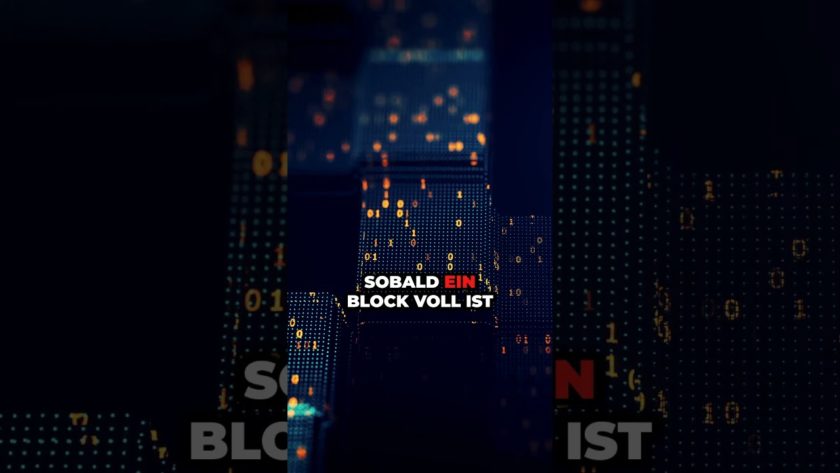Who knows what’s responsible for the current bull run? It could be the upcoming halving, it could be the Chicago Mercantile Exchange’s debut of institutional-grade crypto-backed options, or it could even be the coronavirus. Whatever the reasons, it seems safe to say that the crypto winter is well and truly behind us. If this trend continues, it will only be a matter of time before we begin to see a fresh wave of adopters, eager to capitalize on the growth of crypto as it blooms into a new season.
It’s fair to say that the crypto scene has evolved significantly since the last big boom at the end of 2017. At that time, Binance was still in startup mode, there were far fewer ways to onramp from fiat, and liquidity was a significant challenge. These days, it’s a different story. Newcomers to cryptocurrencies have many more points of entry, and the influx of institutional and pro traders means that most of the top-ranking coins enjoy high liquidity.
Same old tech problems
Unfortunately, we haven’t seen the same rapid evolution from a technological standpoint. If we look at the cryptocurrency rankings from December 2017, the month that Bitcoin (BTC) hit its all-time high, the top-ranking coins are approximately the same ones today as they were then.
There have been some incremental developments. Bitcoin is now handling the same transaction volume as it did at the peak of the 2017 bubble, but without the eye-watering $50+ fees that transactions were incurring at the time. However, it still lacks the fundamentals in terms of speed and scalability to become an everyday medium of exchange.
Related: The Burst of the Bitcoin Bubble: An Autopsy
Back in 2017, Ethereum (ETH) was the second-ranking coin and most popular smart contract development platform, both of which still stand true today. Unfortunately, Ethereum’s scalability challenges of 2017 also remain today. The most famous incident illustrating the platform’s lack of capacity was CryptoKitties.
Related: Blockchain’s Scaling Problem, Explained
At the height of the crypto boom in December 2017, the craze for digital cats increased Ethereum’s transaction volume sixfold, causing network congestion and rising transaction fees for all users. The incident even proved significant enough to make mainstream media headlines.
Now, Ethereum faces similar issues due to stablecoin transaction volumes. Tether (USDT) is now the most traded cryptocurrency by volume, outpacing even Bitcoin. Tether started wrapping its tokens — i.e., issuing USDT based on Ethereum — in early 2018, and has been increasing the amount issued over time. In July 2019, the transaction volume of ETH-based USDT overtook that of USDT for the first time. By September, there were over four and a half times as many ETH-based USDT transactions as USDT.
Related: Wrapped Crypto Tokens, Explained
As with CryptoKitties, the sharp increase in Ethereum-based USDT’s transaction volume led to network congestion and rising transaction fees. One estimate calculated that Tether transactions alone were attracting $21,000 in transaction fees per day, with all users seeing a 152% increase in gas prices compared to three months prior.
Centralization is not the answer
Nobody knows whether or not Bitcoin and Ethereum will continue to dominate the blockchain space in the future. The long-promised ETH 2.0 upgrade could still be years away. However, Ethereum remains a focal point for developers due to its buzzing ecosystem of decentralized applications, or DApps, which provide a vast amount of value to the crypto and blockchain communities.
So, at least in the short term, we need a remedy for these scalability challenges. EOS, Tron and other blockchains claim to have found this remedy in the form of delegated proof-of-stake. The problem with dPoS is that it solves scalability at the expense of decentralization, and in turn, the security of the network.
Related: The History and Evolution of Proof of Stake
This is where interoperable bridges come in. There are many blockchains that are faster than Ethereum and Bitcoin but don’t have the same user numbers, making them less desirable as a development platform. However, bridges enable developers on Ethereum or other, slower blockchains to tap into the speed and processing capacity of their faster cousins.
How bridges work
A bridge allows any token from one blockchain to pass into another blockchain for processing. A burn-and-mint protocol keeps the token supply constant across both networks, meaning the token could cross the bridge multiple times without any impact on circulating supply.
Nodes supervise the bridge traffic in a similar way to proof-of-work miners. Bridge transactions are usually grouped into blocks, validated by nodes, and sent to each blockchain to keep records of token movements. The nodes are incentivized for their participation with rewards.
Related: Blockchain Interoperability, Explained
Assuming the two blockchains involved in a bridge are decentralized, scalability doesn’t need to come with the cost of centralization. Furthermore, the solution works to the benefit of all network participants. If USDT transactions were processed via an interoperable bridge with a high-speed blockchain, USDT users would benefit from far faster processing and lower fees — both important to active traders, which make up a large proportion of USDT users.
This would free up processing capacity and reduce fees on the Ethereum network, making it a more desirable place for developers and users. DApp developers could also use the bridge to give their users the same super-fast, low-fee experience. Nodes would also have a new opportunity for revenue by participating as bridge transaction validators, which aligns with the hardware and validation activities they’re already undertaking.
Perhaps the best part is that none of these benefits come at the expense of damaging the existing Ethereum ecosystem. While the long-awaited upgrade may still materialize and enable a faster and more scalable version of Ethereum, bridges provide a much-needed workaround in the meantime without any tradeoffs.
Blockchain interoperability is still in its infancy. Wanchain were the first to launch a bridge between Bitcoin and Ethereum in 2018, but it hasn’t yet gained widespread adoption. The Syscoin Bridge followed in January of this year, bringing its high throughput Z-DAG architecture to Ethereum. Most recently, RSK announced it had launched a bridge that also operates between Bitcoin and Ethereum.
History tells us that each time the crypto markets enter a sustained bull run, the general public sits up and takes notice, leading to increased awareness and adoption of blockchain. Thanks to interoperable bridges, the next wave of crypto adopters have the opportunity to enjoy a user experience that doesn’t involve all the teething problems their predecessors endured.
The views, thoughts and opinions expressed here are the author’s alone and do not necessarily reflect or represent the views and opinions of Cointelegraph.
Jagdeep (Jag) Sidhu is the lead core developer and co-founder of the Syscoin platform. As an expert in blockchain technology, Jag also specializes in machine learning, artificial intelligence, client/server development and distributed systems, with nearly 20 years of software development experience. Jag holds a bachelor of technology in computer science from the British Columbia Institute of Technology with a major in AI and digital image processing and a minor in client/server computing.




